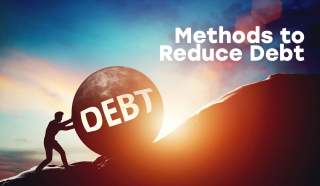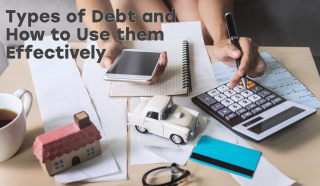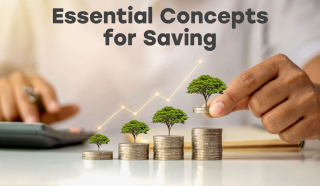Posts by Canadian MoneySaver

Women in leadership
Time and again, studies have shown that female-driven companies or companies with more female employees have the tendency to outperform the market. In a 2019 study by S&P Global Market Intelligence, it was noted that firms with female CFOs are more profitable and generated excess profits of $1.8T over the study horizon[1].

Most individuals will have debt at least at some point in their lives, if not for most of their lives. The most challenging aspect of having debt is how to properly manage and maintain debt levels so that they are within one’s boundaries of income levels and affordability. Debt comes in many different instruments and lifespans, but the two main aspects to debt are the principal and interest amounts. When making a payment towards debt, that payment will be made towards two key aspects: the principal amount and the interest amount.

In this article we are going to explore some of the main types of debt that are offered to consumers and what the best uses of debt can be. We are often trained to believe that debt is bad and that, if possible, we should have zero debt. While having zero debt allows for peace of mind and an easier lifestyle, it is not necessarily attainable for most, and the reality is that not all debt is bad. Obtaining debt is much like gaining trust, it starts off small and incrementally gets larger as time progresses and more trust is built.

The largest amount of debt that most individuals will have in their lifetime is probably a mortgage. A mortgage is a term loan that allows an individual to purchase and own a home, using a fraction of the purchase price as the down payment. Financial institutions lend out mortgages to individuals and will use the physical house as collateral against the loan. This means that if the individual purchasing the home suddenly cannot make the mortgage payments or defaults on the loan, then the bank can repossess the property.

Saving for young adults and professionals can be challenging, especially in an age where wages are barely keeping up with higher rent and real estate prices. It can be especially tough if one is accustomed to an easier lifestyle under a care-takers roof with much fewer bills to pay. For many young professionals, it may seem like a battle against many odds.

Budgeting is essential in taking control of one’s personal finances and a first step to building savings. Here are 13 tips to help get you started.

Saving money can be challenging, but it is an important financial habit to establish. In many ways, savings are the essential building blocks of personal finance. After all, you have to save money before you can invest it. Borrowing money, while it may certainly be helpful, is often done because one does not have enough savings to maintain a certain standard of living. In this post, we discuss key concepts to understand and characteristics to aspire for when trying to save money.

